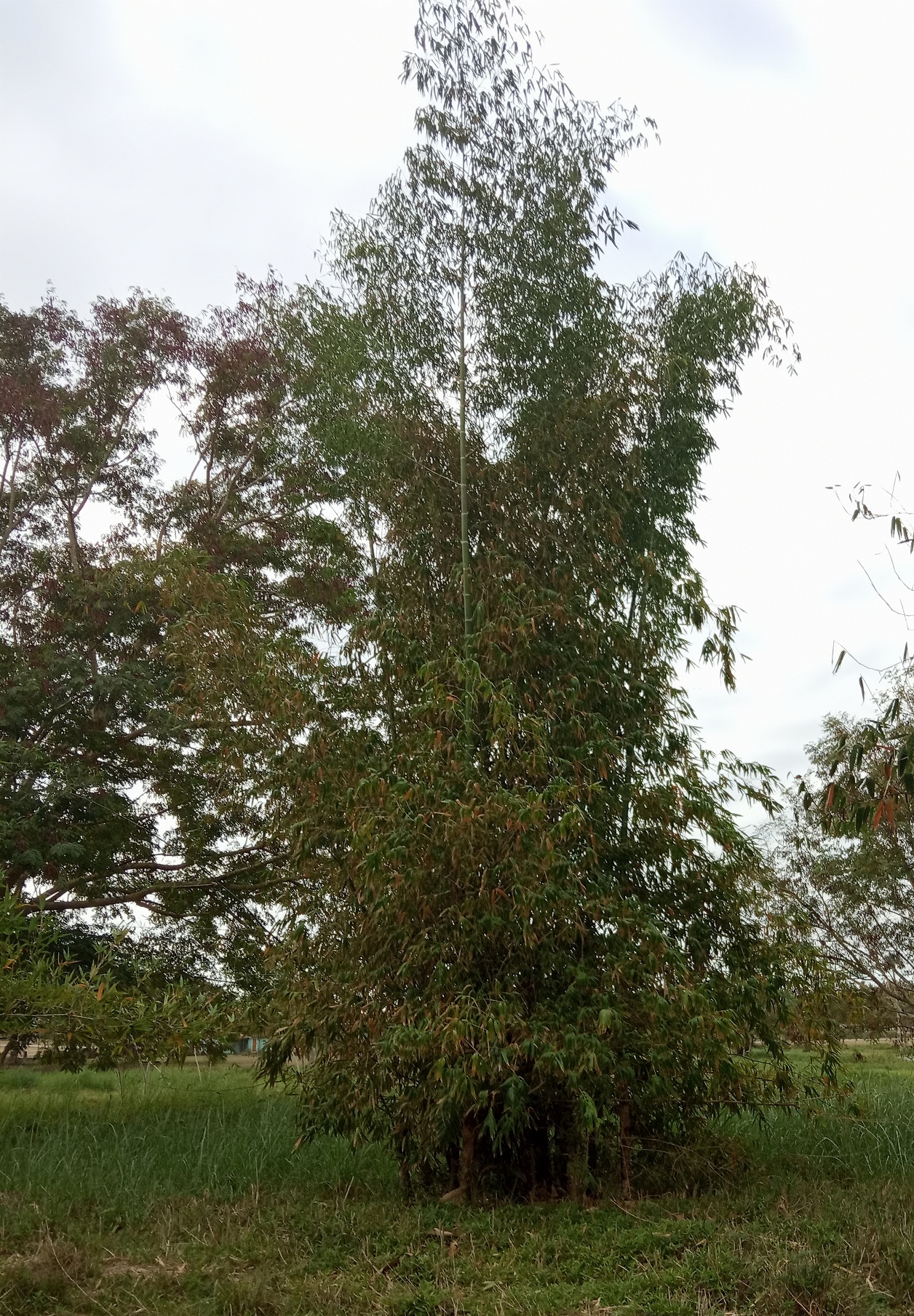Features of formation, filling and ripening of triticale, wheat, and rye grain
Main Article Content
Resumen
Context: Triticale (×Triticosecale Wittm.) is a crop valued for food and forage usage. However, excessive precipitation during harvesting cereals, typical for Central regions of Non-Cherozem zone, leads to pre-harvest sprouting and enzyme-mycosis exhaustion of grain, and significant degradation its technological and sowing qualities.
Objective: The aim of the research was to compare the dynamics of formation as well as the physical, biochemical, and technological properties of winter triticale, wheat, and rye grain
Methods: The research was carried out in the Russian Federation, Moscow region in 2017-2018. It was conducted on the following varieties: rye Saratovskaya 6, wheat Moskovskaya 39, triticale Aleksandr, Valentin, Viktor, and Timiryazevskaya 150. Sampling was carried out in the phases of grain formation, at the beginning and in the middle of milk stage, in wax and firm ripeness, as well as after over-maturation in a field. We measured the mass of 1000 grains, grain-unit, and grain vitreousness of air-dried grain. Whole grain flour was evaluated for protein and gluten content. Autolytic activity was assessed by the falling number using the micro-modified Hagberg-Perten method. All laboratory tests were performed twice.
Results: The mass of 1000 grains gradually increased, and then decreased a little bit due to enzyme-mycosis exhaustion. Enzyme-mycosis exhaustion was most pronounced in wheat Moskovskaya 39 and triticale Viktor. The grain-unit roughly followed the dynamics of the change in the mass of 1000 grains. The highest values of protein and gluten content were obtained at the milk stage, then their relative content decreased to dough ripeness due to the complete accumulation of starch. Afterward, the protein content increased again: in wheat and triticale Timiryazevskaya 150 to firm ripeness, in rye and other varieties of triticale, to waxy. This indicates that the processes of latent germination of grain were going on. It is interesting that the lowest activity of enzymes was also observed in dough ripeness in all the studied varieties. With further maturation, autolytic activity increased and was maximum in the firm ripeness.
Conclusions: Thus, the studied indicators of grain quality reach maximum values in the wax stage, and the delay in harvesting will lead to a strong deterioration in the technological properties of the grain.
Descargas
Resumen
Context: Triticale (×Triticosecale Wittm.) is a crop valued for food and forage usage. However, excessive precipitation during harvesting cereals, typical for Central regions of Non-Cherozem zone, leads to pre-harvest sprouting and enzyme-mycosis exhaustion of grain, and significant degradation its technological and sowing qualities.
Objective: The aim of the research was to compare the dynamics of formation as well as the physical, biochemical, and technological properties of winter triticale, wheat, and rye grain
Methods: The research was carried out in the Russian Federation, Moscow region in 2017-2018. It was conducted on the following varieties: rye Saratovskaya 6, wheat Moskovskaya 39, triticale Aleksandr, Valentin, Viktor, and Timiryazevskaya 150. Sampling was carried out in the phases of grain formation, at the beginning and in the middle of milk stage, in wax and firm ripeness, as well as after over-maturation in a field. We measured the mass of 1000 grains, grain-unit, and grain vitreousness of air-dried grain. Whole grain flour was evaluated for protein and gluten content. Autolytic activity was assessed by the falling number using the micro-modified Hagberg-Perten method. All laboratory tests were performed twice.
Results: The mass of 1000 grains gradually increased, and then decreased a little bit due to enzyme-mycosis exhaustion. Enzyme-mycosis exhaustion was most pronounced in wheat Moskovskaya 39 and triticale Viktor. The grain-unit roughly followed the dynamics of the change in the mass of 1000 grains. The highest values of protein and gluten content were obtained at the milk stage, then their relative content decreased to dough ripeness due to the complete accumulation of starch. Afterward, the protein content increased again: in wheat and triticale Timiryazevskaya 150 to firm ripeness, in rye and other varieties of triticale, to waxy. This indicates that the processes of latent germination of grain were going on. It is interesting that the lowest activity of enzymes was also observed in dough ripeness in all the studied varieties. With further maturation, autolytic activity increased and was maximum in the firm ripeness.
Conclusions: Thus, the studied indicators of grain quality reach maximum values in the wax stage, and the delay in harvesting will lead to a strong deterioration in the technological properties of the grain.
Article Details

Esta obra está bajo licencia internacional Creative Commons Reconocimiento-NoComercial-SinObrasDerivadas 4.0.
Derechos de autor 2018
Copyright ©Agrisost/ (CC BY-NC-SA 4.0)

Esta obra está bajo licencia internacional
Creative Commons Reconocimiento-NoComercial-SinObrasDerivadas 4.0
Citas
Еliseev, S. L., & Batueva, I. V. (2014). Formirovanie zerna ozimykh kul'tur v Predural'e. In Prodovol'stvennaya industriya: bezopasnost' i integratsiyamaterialyme zhdunarodnoy nauchno-prakticheskoykonferentssii. (pp. 81-87). Russia, Perm’: Ministerstvo sel'skogo khozyaystva Rossiyskoy Federatsii Federal'noye gosudarstvennoye byudzhetnoye obrazovatel'noye.
Еliseev, S. L., & Yarkova, N. N. (2012) Formirovanie i istekanie zerna yarovykh zernovykh kul'tur v Predural'e. Doklady RASKHN, (4), 6-7.
Kopylov, Е. A. (2001). Problema «stekaniya» zernaiselektsiyaozimoimyagkoipshenitsy. In «Pshenitsaitritikale: materialynauchno-prakt. konf. «Zelenayarevolyutsiya P.P. Luk'yanenko», (pp. 604-606). Russia, Krasnodar: Izdatel'skiy Dom Sovetskaya Kuban'.
Kuleshov, N. N. (1963). Russia, Moscow. Agronomicheskoe semenovedenie. Russia, Moscow: Sel'khozizdat.
Paket statisticheskogo i biometriko-geneticheskogo analiza v rastenievodstve i selektsii AGROS, version 2.08 (1993-1999). Russia: Tver.
Rubets, V. S., Pylnev, V. V., & Kondrashina, L.V. (2012). Pokoi i preduborochnoe prorastanie zerna v kolose ozimoi geksaploidnoi triticale. Dostizheniya nauki i tekhniki APK, 11, 14-16. Retrieved on January 20, 2019, from: https://cyberleninka.ru/article/n/pokoy-i-preduborochnoe-prorastanie-zerna-v-kolose-ozimoy-geksaploidnoy-tritikale/viewer
Sandrykin, D. V., Kondratenko, Е. P., Еgushova, Е. A., & Pinchuk, L. G. (2011). Dinamika nakopleniya sukhogo veschestva i izmenenie khimicheskogo sostava zerna pri sozrevanii. Dostizheniya nauki i tekhniki APK, 12, 32-33. Retrieved on January 20, 2019, from: https://cyberleninka.ru/article/v/dinamika-nakopleniya-suhogo-veschestva-i-izmenenie-himicheskogo-sostava-zerna-pri-sozrevanii
Temirbekova, S. K. (1998). O probleme enzimo-mikoznogo istoscheniya («istekanii» zerna) v rastenievodstve. Russia, Moscow: Rossiyskaya akademiya sel'skokhozyaystvennykh nauk.
Tyunin, V. A., & Vrazhnova, R. A. (1994). Selektsionnyi aspekt etiologii enzimomikoznogo istoscheniya zerna yarovoi myagkoi pshenitsy. Selskokhozyaistvennaya biologiya, (3), 48-51.

